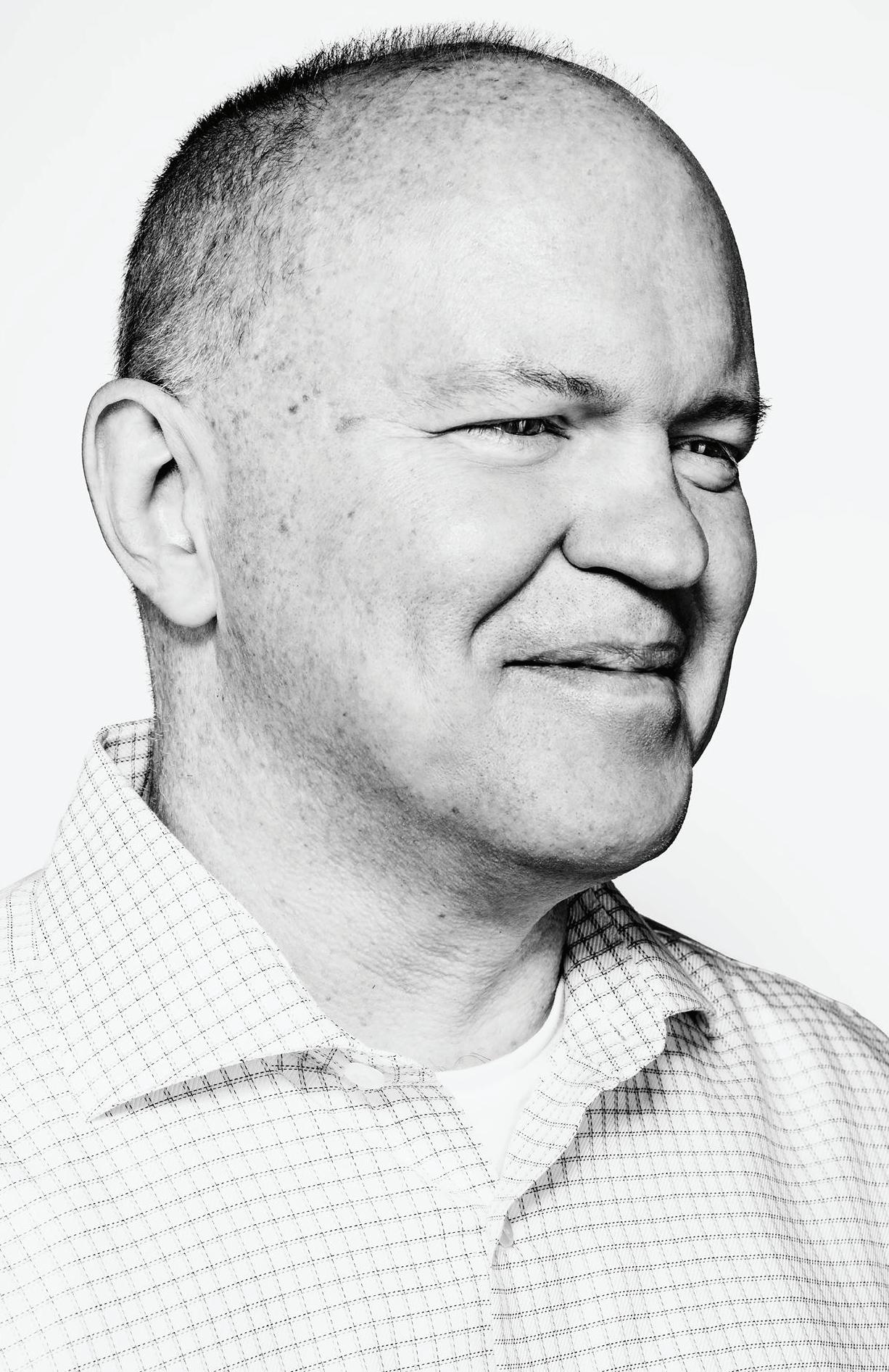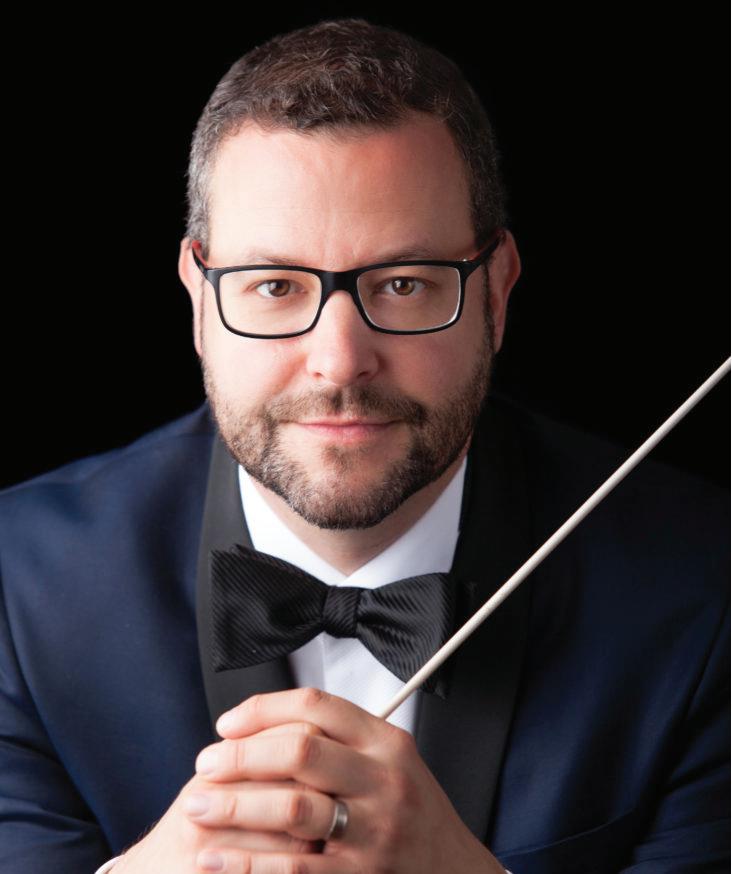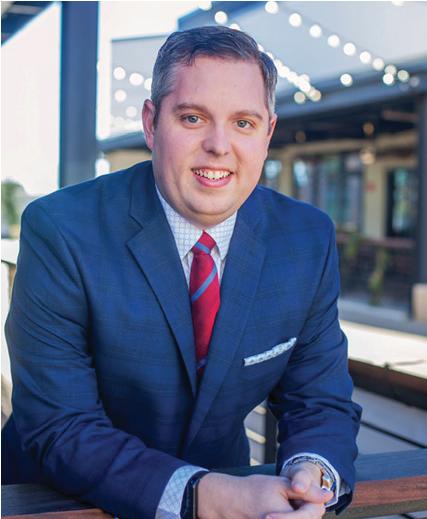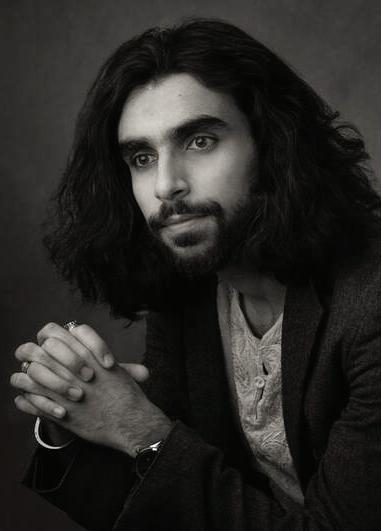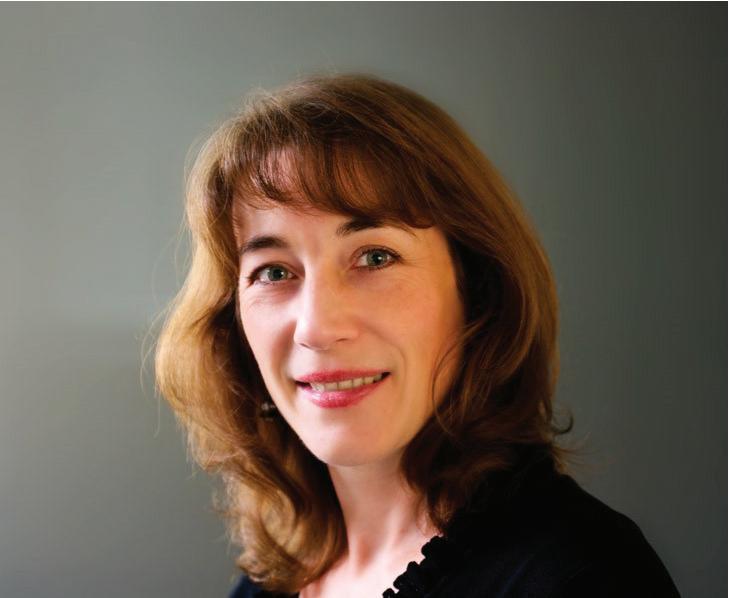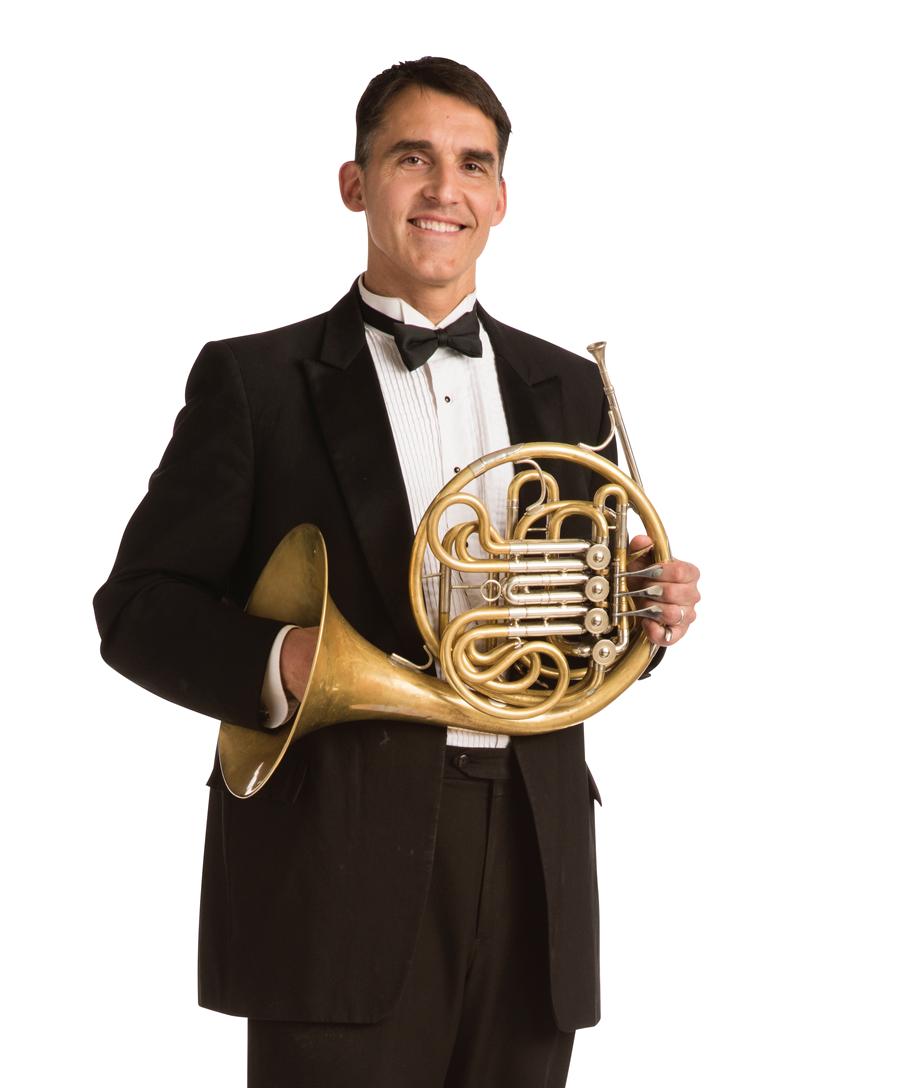
9 minute read
Masterworks 4 Program Notes
PULCINELLA SUITE IGOR STRAVINSKY:
Born: June 17, 1882, in Oranienbaum (now Lomonosov), Saint Petersburg, Russia Died: April 6, 1971, in New York City Work Composed: 1919–20 (original ballet); 1922 (suite); revised 1949 World Premiere: Ballet on May 15, 1920, in Paris, Ernest Ansermet conducting; Suite on December 22, 1922, in Boston, Boston Symphony Orchestra, Pierre Monteux conducting Performance History: The DSSO performs music from the ballet Pulcinella for the first time on the Masterworks Series this evening. Instrumentation: Two flutes (second doubling piccolo), two oboes, two bassoons, two horns, trumpet, trombone and strings. After Stravinsky enjoyed a great triumph with his ballet The Firebird and after the scandal of The Rite of Spring, he made a complete about-face with his ballet Pulcinella. Shortly after the end of World War I Sergei Diaghilev, impresario of Les Ballets Russes, approached Stravinsky with a commission for a ballet based on an early 18th-century commedia dell’arte libretto and music attributed to Giovanni Battista Pergolesi (1710-1736). More recent research has found that some of the themes may have come from other composers: Domenico Gallo (1730-1768), Unico Wilhelm, Count van Wassenaer
Obdam (1692-1766), Carlo Ignazio Monza (c. 1680-1739) and Alessandro Parisotti (1853-1913). Because Pergolesi was so popular in his day these other composers would attribute their compositions to him so they would be received more favorably.
Stravinsky did not initially embrace the idea of using Pergolesi’s music, but after he studied some scores that Diaghilev had found in the libraries of Naples and London he changed his mind. By adapting the older music with modern rhythms, cadences and harmonies, Pulcinella marks the beginning of Stravinsky’s neoclassical period. He wrote, “Pulcinella was my discovery of the past, the epiphany through which the whole of my late work became possible. It was a backward look, of course—the first of many love a airs in that direction—but it was a look in the mirror, too.”
Pulcinella was a traditional character of the Neapolitan stage in the early 18th century. Stravinsky’s one-act ballet features Pulcinella, his girlfriend Pimpinella, his friend Furbo, Prudenza and Rosetta, Florindo and Cloviello. The story begins with Florindo and Cloviello serenading Prudenza and Rosetta. The women, unimpressed, shower the suitors with water and Prudenza’s father chases them away. Then we see Rosetta dancing for Pulcinella and they kiss. Pimpinella sees this and breaks them up. Florindo and Cloviello arrive and being jealous of Pulcinella, they beat him up. Pulcinella is stabbed, but this is all staged in order to get Pimpinella to forgive him. Furbo arrives disguised as a magician and resurrects Pulcinella. Pimpinella forgives Pulcinella, Prudenza and Rosetta succumb to the charms of Florindo and Cloviello and the ballet ends with the marriage of the three couples.
The Suite from Pulcinella is a pared-down version of the ballet and replaces the singing roles with instruments. The suite consists of eight movements compared with 21 in the ballet, and it opens with a short Sinfonia that is perhaps the most well known of the movements. Next is a Serenata, an interpretation of traditional Sicilian rhythms, followed by a Scherzino in two contrasting parts. The vivacious Tarantella, a Neapolitan dance said to ward o the e ects of a tarantula bite, leads directly into the Toccata. Toccatas are usually instrumental showpieces;
this one features the winds and two brass players (the trombonist ends it with a ‘blat’ - make of that what you will).
Next is an homage to Bach in the Gavotta with two variations, however this one has a pastoral, instead of the usual dance-like character. The brass noisily start the Vivo and lead the way for the double bass solo, which su ers rude interruptions from the trombone in a very un-classical style. A graceful Minuetto is introduced by the bassoons and horns and includes an elegant trombone solo. As it approaches the end, Stravinsky interjects harsh dissonances to prepare for the Finale. The mad, frantic dash to the end is similar to Stravinsky’s L’Histoire du soldat, which comes from the same period. The excitement it creates makes it easy to understand the overwhelming positive reception of Pulcinella at its premiere in Paris. Nearly one hundred years after its premiere in Boston, the Suite from Pulcinella continues to be a breath of fresh air.
IGOR STRAVINSKY
HORN CONCERTO NO. 1 IN E-FLAT MAJOR, Op.11 RICHARD STRAUSS:
Born: June 11, 1864, in Munich, Germany Died: September 8, 1949, in Garmisch-Partenkirchen Work Composed: 1882-83 World Premiere: March 4, 1885, at Meiningen, Meiningen Orchestra, Hans von Bülow conducting, Gustav Leinhos, soloist Performance History: The Orchestra has played this concerto twice previously on the Masterworks Series. On March 20, 1942, Principal Horn William Arsers was the soloist and on November 12, 1993, Patrick Hughes was featured. Mr. Hughes had been the DSSO’s Principal Horn the two previous seasons. Instrumentation: Two flutes, two oboes, two clarinets, two bassoons, two horns, two trumpets, timpani, strings and solo horn.
“My mother tells of my earliest childhood that I used to react with a smile to the sound of the horn and with loud crying to the sound of a violin.” So begins Richard Strauss’s brief essay “Recollections of My Youth and Years of Apprenticeship.” There was a lot of horn playing for him to hear as he grew up: his father, Franz Strauss, was the principal hornist of the Munich Court Orchestra for 45 years.
During his youth, Strauss studied piano and violin and would play with his father and other musicians from the Court Orchestra at his home. He started writing orchestral music when he was eight and his Romance for Clarinet and Orchestra was written at age fifteen. Three years later he produced his Violin Concerto. Not much later he was ready to compose for the horn, which proved to be much more successful than his concerto for the violin. Initially written for horn and piano it was premiered in 1883, but not with the composer’s father as soloist. According to his sister Johanna, in a letter to the British horn player Dennis Brain, their father struggled with the di cult work and never attempted it in public. Franz
Strauss had his student, Bruno Hoyer, (who would succeed him as principal in the Court Orchestra) perform the premiere.
Hans von Bülow, one of the most powerful musical figures of the day, saw the young composer as a brilliant, untamed talent and considered him the “most original composer since Brahms.” Through his urging, Strauss prepared an orchestral arrangement for the concerto and in March 1885 von Bülow premiered the Horn Concerto No. 1 with his elite Meiningen Orchestra and its principal hornist, Gustav Leinhos.
The Horn Concerto No. 1 is in three movements (Allegro, Andante, Allegro) which are intended to be played without pause. Musically it reflects the Romantic style of the time and shows the influence of Mendelssohn, but then during the orchestral interludes are moments that Strauss will develop further in future compositions. In a few years he would become the master of the symphonic tone poem with Don Juan, Ein Heldenleben, Till Eulenspiegel and others. Listeners familiar with his works will hear Strauss’ unmistakable sound in its early development stage. His fresh and vibrant style makes this Horn Concerto one of the most frequently performed horn concertos written in the 19th century.
RICHARD STRAUSS
SYMPHONY NO.104 IN D MAJOR, HOB. 1.104, LONDON FRANZ JOSEPH HAYDN:
Born: March 31, 1732, in Rohrau, Austria Died: May 31, 1809, in Vienna Work Composed: 1795 World Premiere: May 4, 1795, at the King’s Theatre in London, England Performance History: There have been only two previous performances of this symphony: on November 11, 1977 with guest conductor Robert Walton Cole and on October 9, 1987 with Taavo Virkhus. Instrumentation: Two flutes, two oboes, two clarinets, two bassoons, two horns, two trumpets, timpani and strings.
The majority of Haydn’s career was spent under the employ of the Esterházy family and when, in 1790, Prince Nikolaus died, his son Anton sought to economize and dismissed most of the court musicians. Haydn was kept on at a reduced salary and as Anton had little need for his services, he allowed him to travel. The German violinist and impresario, Johann Peter Salomon, made Haydn a lucrative o er to visit England and conduct new symphonies with a large orchestra.
During Haydn’s first visit to London in 1791-92 he composed the first six of his London symphonies, Nos. 93-98. The public was delighted and astonished at his music, notably The Surprise (No. 94) and The Miracle (No. 96) symphonies. On his second visit, Haydn outdid himself with his second set of six symphonies which included Military (No. 100), The Clock (No. 101), Drumroll (No. 103) and the last, London (No. 104). Most commonly known as the London Symphony, in Germany it is called the Salomon Symphony after the impresario who arranged his London visits. The freedom and reception (and also the financial earnings) Haydn enjoyed in England opened a whole new world to him. He considered his time in England to be the happiest days of his life and he might have established a second home there had the Esterházys not called him back for service in 1795.
FRANZ JOSEPH HAYDN
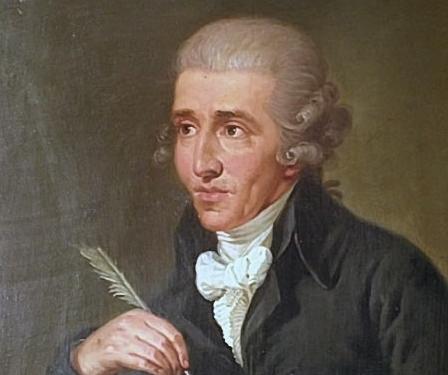
Although Haydn is considered the ‘father’ of the string quartet, he can very well also be considered the ‘father’ of the symphony. In no other genre in Western music is there a single composer whose output is so vast, historically important and of such a high artistic quality as Haydn’s. While Mozart was undoubtably a child prodigy (he composed his first symphony when he was eight years old) Haydn’s much longer life gave him the opportunity to develop his compositional styles as the music periods developed from late-Baroque, Classical and early Romantic. It is interesting to note that elements of the last movement of Mozart’s Symphony No. 40 can be detected in the final movement of Symphony No. 104. The two were great friends and this may have been meant as an homage to that great symphony and its composer.
The London Symphony is in four movements and, like Beethoven’s symphonies, unifies them through the use of recurring motivic material. While he may not have considered that this would be his last symphony, Haydn makes broad and dramatic statements throughout. Typically he throws in one of his characteristic traits, his subversive humor evidenced in the third movement by a sudden break and pause in the music after the entire orchestra plays a trilling passage suggesting laughter. The finale’s theme suggests a folk tune, which has only recently been identified as Oj Jelena (a ballad sung by the Croatians living in Eisenstadt, near where the Esterházy Palace is located), that Haydn develops into a breathtaking finale.
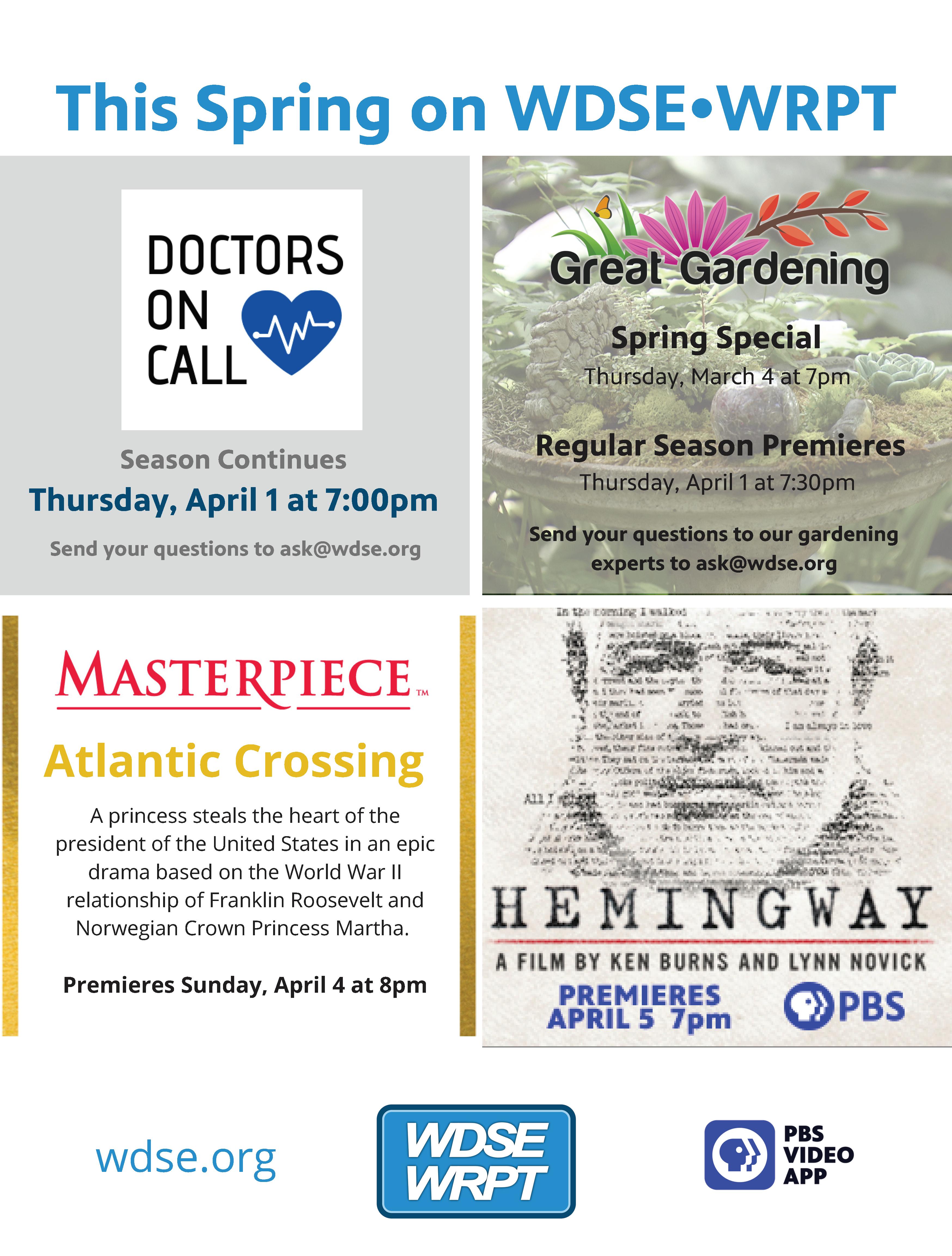

PRICE AND MENDELSSOHN
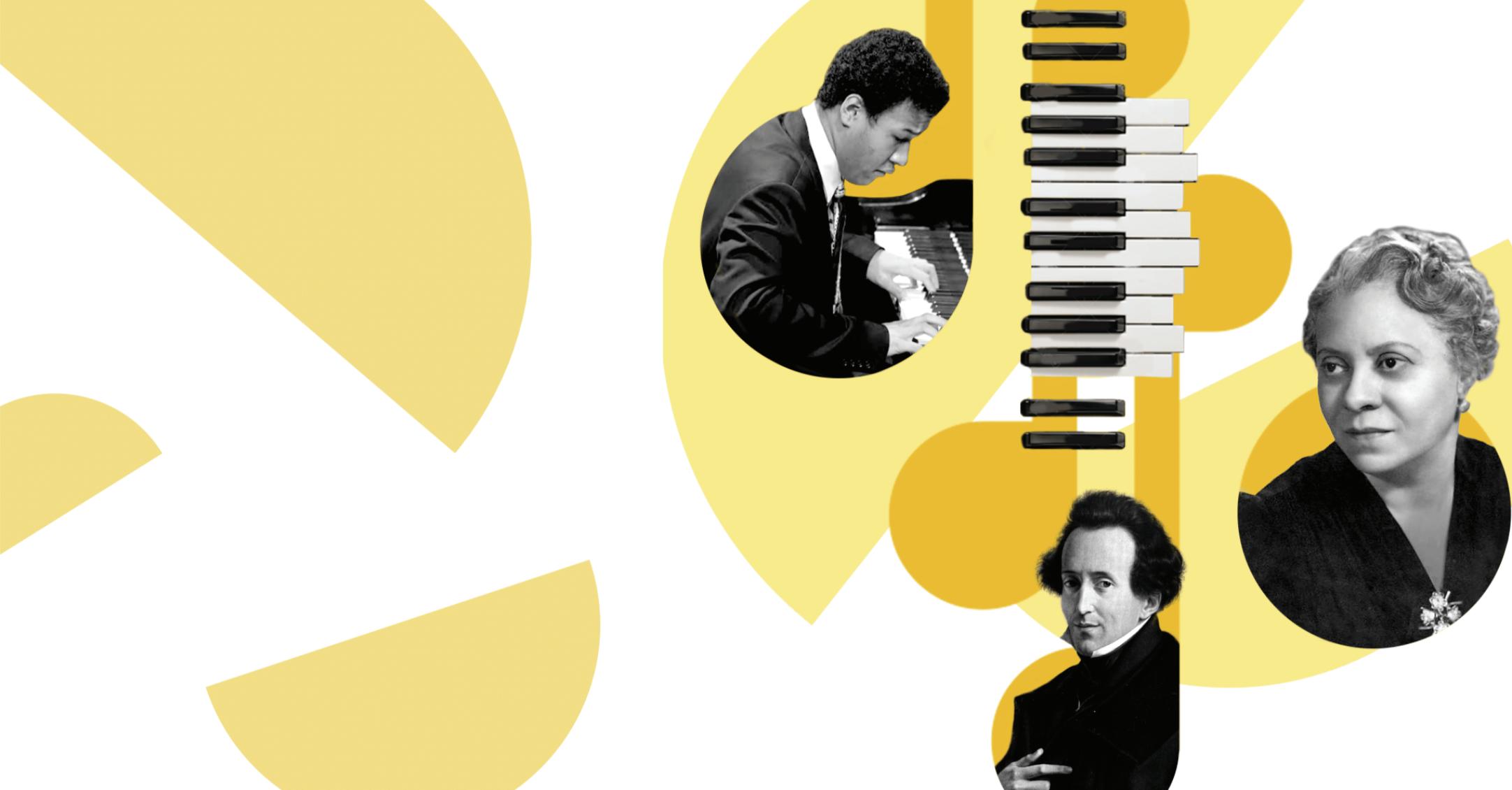
SATURDAY APRIL 17, 2021 7 PM DECC SYMPHONY HALL, ALLETE STAGE
DIRK MEYER, MUSIC DIRECTOR CLAYTON STEPHENSON, PIANO
Torke: Ash 15’’
Price: Piano Concerto in One Movement 19‘
Mendelssohn: Symphony No. 4 in A Major, Op. 90 (Italian) 27’ Allegro vivace Andante con moto Con moto moderato Saltarello - Presto
Sponsored by:

